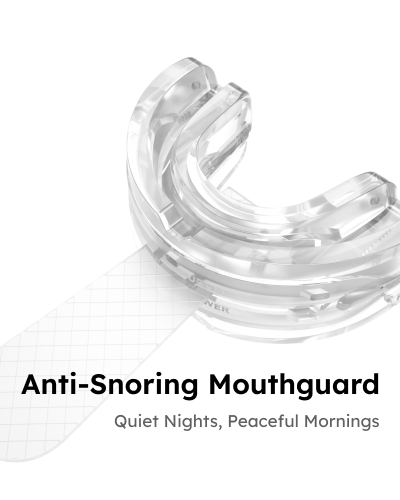What are Sleep Breathing Disorders?
Sleep breathing disorders are a common category of sleep problems, including obstructive sleep apnea, central sleep apnea, and sleep hypopnea syndrome. These disorders result in breathing instability during sleep, leading to instances of breathing pauses or reductions that can affect oxygen supply and sleep quality.
How to Identify Sleep Breathing Disorders?
1.Observe Symptoms: Common symptoms of sleep breathing disorders include frequent snoring, breathing pauses, waking up during the night, morning headaches, daytime fatigue, and more. If you or your partner notice these symptoms, it’s essential to identify and address them promptly.
2. Sleep Monitoring: Undergoing sleep monitoring tests, such as polysomnography, can help healthcare professionals understand your sleep patterns and detect any breathing issues.
Treating Sleep Breathing Disorders
1. Lifestyle Changes: Maintaining a regular sleep schedule, avoiding excessive fatigue and stress, quitting smoking, and limiting alcohol consumption are lifestyle changes that can improve sleep quality.
-
2. CPAP Therapy: Continuous Positive Airway Pressure (CPAP) is an effective treatment for obstructive sleep apnea. It involves increasing airway pressure to keep the respiratory passages open during sleep.
-
3. Oral Appliances: For some patients, oral appliances are an alternative treatment method that can adjust the position of the jaw and tongue, reducing airway obstruction.
Tips for Embracing Restful Sleep
1. Create a Comfortable Sleep Environment: Ensure proper ventilation, lighting, and opt for a comfortable mattress and pillows to establish a conducive sleep environment.
-
2. Maintain a Regular Schedule: Cultivate a regular sleep routine by going to bed and waking up at consistent times every night, promoting healthy sleep habits.
-
3. Relaxation Techniques: Practice relaxation exercises such as meditation, deep breathing, or warm water immersion before bedtime to alleviate stress and anxiety and promote better sleep.









[…] Address Sleep Disorders: […]
[…] good night’s sleep is free from significant sleep disorders, such as insomnia, sleep apnea, or restless legs syndrome. SLEEPON […]
Usually I do not read article on blogs, however I would like to say that this write-up very compelled me to take a look at and do so! Your writing taste has been amazed me. Thanks, quite nice post.